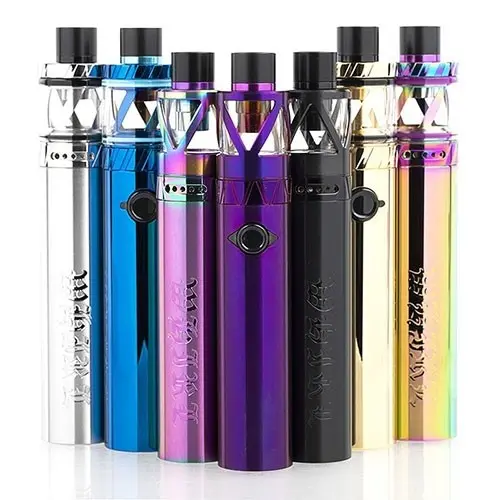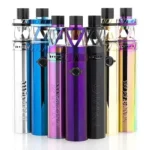In the bustling world of retail, where every inch of shelf space counts, planogram compliance emerges as a crucial factor determining the success or failure of a store. But what exactly is planogram compliance, and why does it carry such weight in the retail landscape? Let’s delve deeper into this essential concept.
Understanding Planogram Compliance
At its core, planogram compliance refers to the degree to which a store adheres to the prescribed planograms – visual representations of how products should be displayed on shelves or in aisles. These planograms are meticulously crafted by retail experts to optimize sales, enhance the shopping experience, and maintain brand consistency.
The Importance of Planogram Compliance
Maximizing Sales Potential
One of the primary objectives of planogram compliance is to maximize sales potential. By organizing products according to planograms, retailers can strategically position items to attract customers’ attention and encourage purchases. Studies have shown that well-executed planograms can lead to significant increases in sales, as they guide shoppers through the store and highlight key products.
Enhancing Customer Experience
A cluttered or disorganized store layout can frustrate customers and deter them from making purchases. Planogram compliance ensures that products are arranged in a logical and aesthetically pleasing manner, making it easier for shoppers to find what they need. This enhances the overall customer experience, leading to higher satisfaction levels and increased loyalty.
Maintaining Brand Consistency
Consistency is key in retail branding. Planogram compliance helps maintain brand consistency by ensuring that products are displayed in alignment with brand guidelines and standards. This not only reinforces brand identity but also fosters trust and familiarity among customers.
Optimizing Inventory Management
Effective planogram compliance facilitates better inventory management by reducing stockouts, minimizing overstock situations, and improving inventory turnover. By following planograms, retailers can align their inventory levels with demand patterns, resulting in improved efficiency and profitability.
Challenges in Achieving Planogram Compliance
While planogram compliance offers numerous benefits, achieving it is not without challenges. Some common hurdles include:
- Store Layout Limitations: Stores with limited space or unconventional layouts may struggle to implement planograms effectively.
- Staff Training: Ensuring that store staff are adequately trained to execute planograms accurately can be challenging, particularly in large or decentralized retail environments.
- Product Availability: Stockouts or delays in product availability can disrupt planogram compliance and impact sales performance.
- Dynamic Market Conditions: Rapid changes in consumer preferences, seasonal trends, or promotional activities can pose challenges to maintaining planogram compliance over time.
The Role of Technology in Planogram Compliance
Fortunately, advancements in technology have paved the way for innovative solutions to address the challenges of planogram compliance. Retailers can now leverage sophisticated software tools and analytics to:
- Generate customized planograms tailored to specific store layouts and demographics.
- Monitor planogram compliance in real-time through image recognition and shelf monitoring systems.
- Analyze sales data and consumer behavior to fine-tune planograms for optimal results.
- Streamline communication and collaboration between headquarters and store locations to ensure consistent execution.
By harnessing the power of technology, retailers can overcome barriers to planogram compliance and unlock its full potential to drive sales and enhance the shopping experience.
Conclusion
In conclusion, planogram compliance is far more than just a routine task in retail operations – it’s a strategic imperative with far-reaching implications for sales performance, customer satisfaction, and brand integrity. By prioritizing planogram compliance and embracing technology-driven solutions, retailers can gain a competitive edge in today’s dynamic retail landscape, ultimately driving growth and success.
















